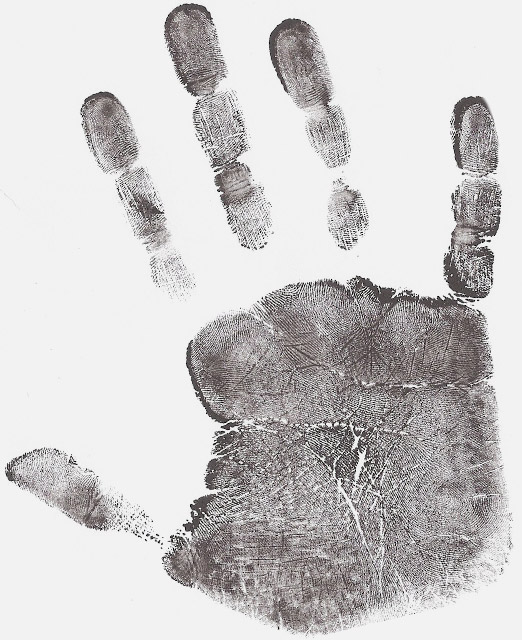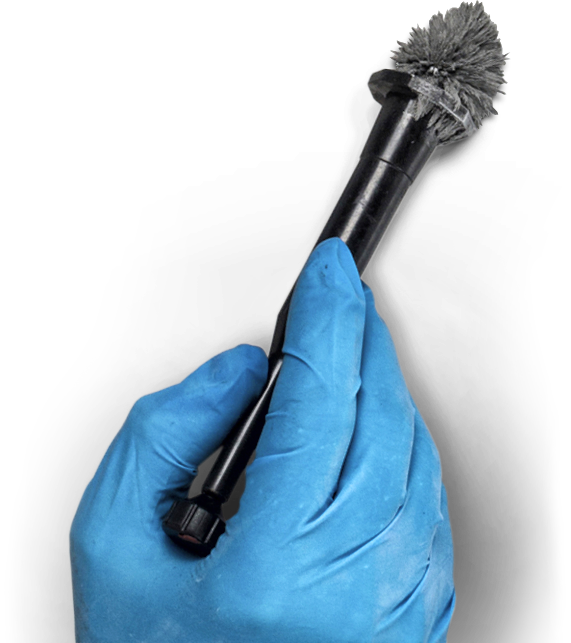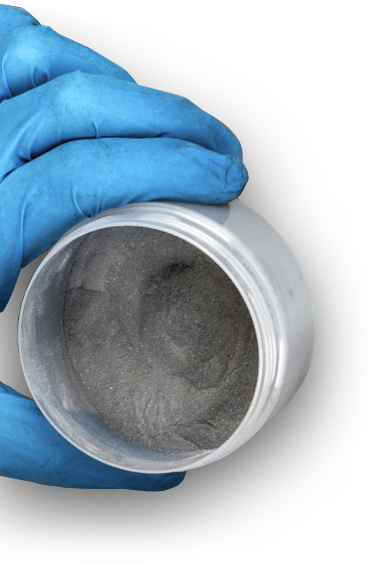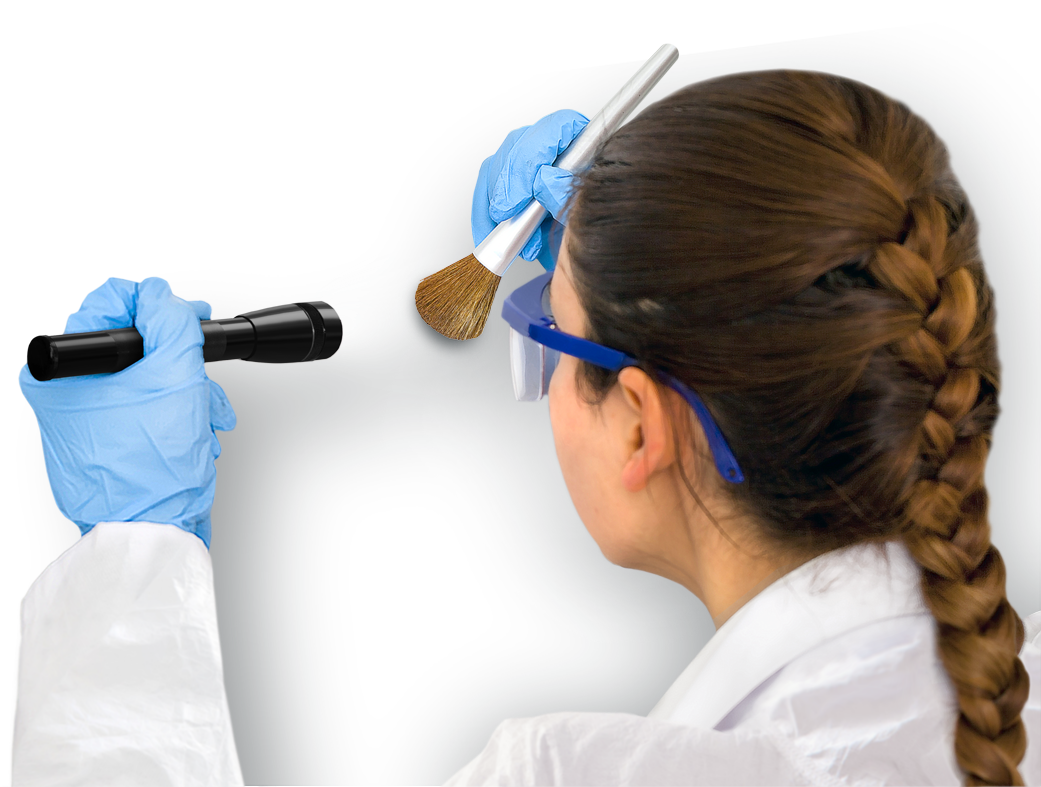
Forensic Applications
X-ray fluorescence is a particularly beneficial tool to forensic scientists for a number of reasons. It is a non-destructive technique and the sample is left intact after analysis, particularly advantageous if the amount of sample is limited or further analysis is required. Naturally in forensic science there may be only a limited amount of sample recovered.
Compared to certain other analytical techniques it is fast, requiring very little sample preparation as material can often be analyzed as is (perhaps requiring homogenization first) and producing results in minutes, thus multiple analyses can be carried out in a shorter space of time.
Furthermore, portable XRF devices have been developed which can allow for analysis in-situ, potentially enabling instant results at the incident scene and additionally beneficial in the analysis of samples which cannot easily be removed from the scene. However, a fairly large sample size is typically required for XRF spectroscopy.



Powerful & portable tools
forensic science analysis
This instrument has a wide range of potential applications to forensic science. It is particularly beneficial in the analysis of rocks, soils and other similar substances, allowing the analyst to compare the composition of these samples. This could be used in suggesting whether two similar-appearing soils are likely to have originated from the same source or if they are different, based on the various elements detected.
Inks and paints are particularly suitable for analysis by XRF techniques, as they typically contain metallic pigments which can differ wildly between different brands and batches. The forensic analysis of writing and printer inks can be of particular importance in the investigation of questioned documents, for instance in aiming to establish whether two documents may have been written using the same ink.

Gunshots identification
The identification of gunshot residues can also be achieved using this technique. When a gun is discharged, minute particles from the firearm, bullet and gunpowder are propelled from the weapon, often onto the hands and clothing of the shooter. As the composition of gunshot residue is reasonably well documented and composed of compounds that are not typically present on a person’s hand, XRF can be applied to a piece of clothing or even an individual’s body to ascertain if such residues might be present, indicating whether or not they could have fired a weapon recently.




